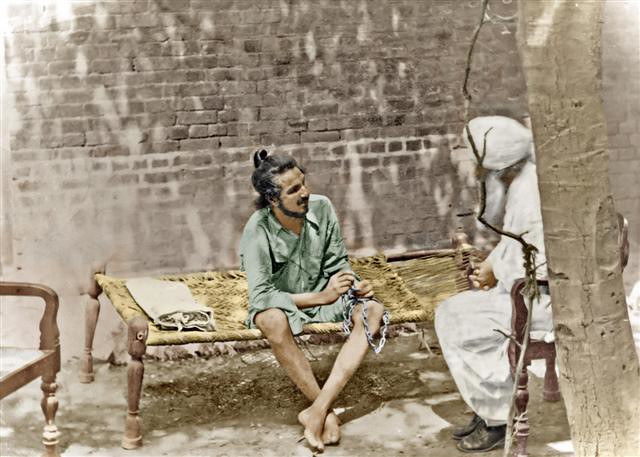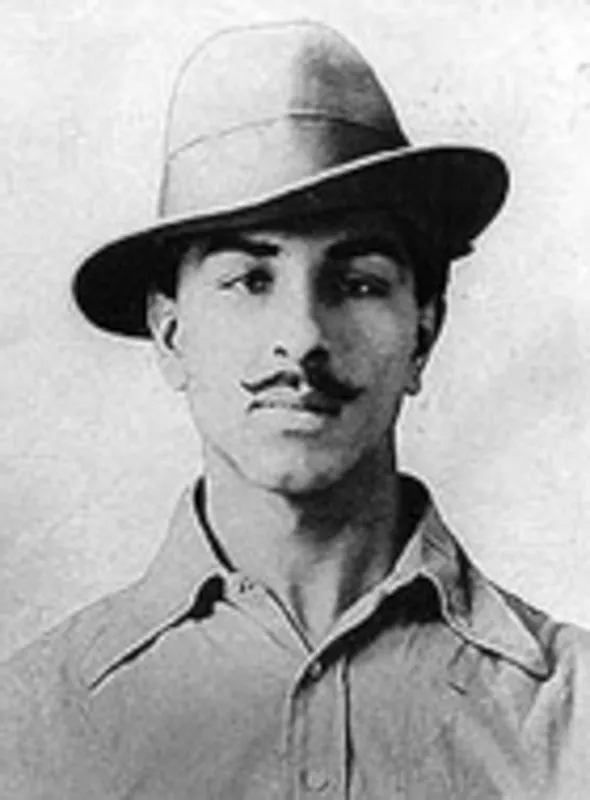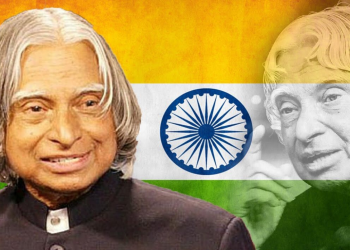Bhagat Singh Biography: Bhagat Singh was a famous Indian revolutionary who mistakenly murdered a young British police officer in retribution for the killing of an Indian nationalist.
Bhagat Singh Biography
Bhagat Singh Biography: Bhagat Singh was born into a Punjabi Sikh family on September 27, 1907, in the village of Banga in the Lyallpur district of Punjab, in what was formerly known as then British India and is now Pakistan. He was the second of seven children, four sons and three daughters, born to Vidyavati and her husband, Kishan Singh Sandhu.
The father of Bhagat Singh and his relative Ajit Singh was active in progressive politics, participating in the 1907 Canal Colonization Bill agitation and the 1914–1915 Ghadar Movement. After a few years at the Banga village school, Bhagat Singh was enrolled at the Dayanand Anglo-Vedic School in Lahore.
In 1923, he enrolled at the National College in Lahore, established by Lala Lajpat Rai two years earlier in response to Mahatma Gandhi’s non-cooperation movement, which encouraged Indian students to forsake government-funded schools and colleges.
Bhagat Singh Wiki
Bhagat Singh Biography: Bhagat Singh was born in Khatkar Kalan, India, on September 28, 1907. One of the most influential revolutionaries of the Indian independence movement was a socialist Indian.
He disapproved of Mahatma Gandhi’s philosophy of nonviolence and preferred to express his displeasure with the British Empire through violence. In 1926, he established the Indian nationalist student organization Naujawan Bharat Sabha.
| Birthday | September 28, 1907 |
| Birth Place | Khatkar Kalan, India |
| Height | 1.83m |
| Weight | 60kg |
| Zodiac Sign | Virgo |
| Date of death | 23 March 1931 |
| Cause of Death | Bhagat Singh was hanged |

Delhi Assembly Bombing and Arrest
Bhagat Singh had been using the power of theater to incite rebellion against the British, acquiring a magic lantern to show slides that enlivened his presentations about revolutionaries like Ram Prasad Bismil, who had perished due to the Kakori plot. He presented a spectacular act to the HSRA in 1929 to obtain tremendous awareness for their goals.
Singh’s story, influenced by Auguste Vaillant, a French anarchist who had destroyed the Paris Chamber of Deputies, was to detonate a bomb within the Central Legislative Assembly. The nominal intention was to protest the Public Safety Bill and the Trade Dispute Act, both of which had been rejected by the Assembly but were being enacted by the Viceroy using his special powers; the actual intention was for the perpetrators to allow themselves to be arrested for using court appearances to publicize their cause.
Read Also: Abraham Lincoln Biography, Family Education, Political Career
The HSRA leadership initially opposed Bhagat’s involvement in the bombing because they were convinced that his earlier involvement in the Saunders shooting would result in his execution. They finally agreed that he was the best applicant for the job. Singh, supported by Batukeshwar Dutt, tossed two bombs into the Assembly chamber in session on April 8, 1929.
The explosives were not meant to kill, but some members, notably Viceroy’s Executive Council financial member George Ernest Schuster, were hurt. The smoke from the explosions filled the Assembly, and Singh and Dutt could have fled the unrest if they had wanted to. Instead, they remained and flung pamphlets while yelling, “Inquilab Zindabad!” (“Long Live the Revolution”). The two men were detained and then sent to various prisons in Delhi.

The Detention Of Associates
The HSRA established bomb factories in Lahore and Saharanpur in 1929. The Lahore bomb factory was found by authorities on 15 April 1929, resulting in the arrest of several HSRA members, including Sukhdev, Kishori Lal, and Jai Gopal. Soon after, the Saharanpur plant was raided, and some of the conspirators were turned into informants.
The authorities connected the three threads of the Saunders murder, Assembly bombing, and bomb manufacturing with the new knowledge. Singh, Sukhdev, Rajguru, and 21 others have been charged with Saunders’ murder.
Bhagat Singh Popularity
Subhas Chandra Bose said, “Bhagat Singh had become the symbol of a new awakening among youths.” Nehru acknowledged that Bhagat Singh’s popularity contributed to a new national awakening, stating, “He was a pure fighter who confronted his adversary on the open field.
He was like a spark that quickly grew into a flame and spread from one end of the country to another, dispelling darkness everywhere. Sir Horace Williamson, the Director of the Intelligence Bureau, wrote four years after Singh’s execution, “His photograph was sold in every city and township and for a time rivaled the popularity of Mr. Gandhi himself.”





















